Entertainment
The Blind Side’s Quinton Aaron Defends Sandra Bullock Amid Tuohy Dispute on August 16, 2023 at 3:53 pm Us Weekly

Quinton Aaron, Sandra Bullock Shutterstock(2)
As Michael Oher’s legal battle with the Tuohy family continues making headlines, The Blind Side star Quinton Aaron wants the public to leave one person out of it: Sandra Bullock.
Aaron, 39 — who played Oher, 37, in The Blind Side — was asked about social media users who’ve suggested that Bullock, 59, should return the Oscar she won for her performance in the film. “To make a statement like that doesn’t make any sense,” Aaron told TMZ Sports on Wednesday, August 16. “Sandra Bullock didn’t have anything to do with the real story that we’re reading as of right now.”
The Blind Side hit theaters in 2009, but the movie has been back in the news this week because Oher filed a lawsuit against the Tuohys claiming that they never adopted him. In court documents obtained by Us Weekly, Oher alleged that Leigh Anne and Sean Tuohy convinced him to sign a document in 2004 that made them his conservators, giving them legal authority to make business deals in his name.
Oher also claimed that he received no payment for the movie based on his life or the 2006 book by Michael Lewis that partially inspired the film. He is now asking the court to terminate the conservatorship and prohibit the Tuohys from using his name and likeness. He also wants the Tuohys to pay him his “fair share of profits,” plus “unspecified compensatory and punitive damages.”
After the lawsuit was made public, Sean, 63, claimed that his family pursued a conservatorship rather than adoption because they were told it was the only way Oher could attend the University of Mississippi.
“They said the only way Michael could go to Ole Miss was if he was actually part of the family,” Sean told the Daily Memphian on Monday, August 14. “I sat Michael down and told him, ‘If you’re planning to go to Ole Miss — or even considering Ole Miss — we think you have to be part of the family. This would do that, legally.’ We contacted lawyers who had told us that we couldn’t adopt over the age of 18; the only thing we could do was to have a conservatorship.”
arner Bros Pictures/Kobal/Shutterstock
Sean went on to claim that no one in the Tuohy family received payment for The Blind Side movie but earned a small share from the sale of Lewis’ book. “Everybody in the family got an equal share, including Michael. It was about $14,000 each,” Sean said. “We were never offered money; we never asked for money.”
Meanwhile, Sean and Leigh Anne’s biological son, Sean “SJ” Tuohy Jr., said on Monday that he has earned $60,000 to $70,000 “over the course of the last four or five years” from the movie but denied that anyone in his family has earned millions from the project.
“Man, if I had $2 million in my bank account, it would be in my email signature and say, ‘Signed, SJ Tuohy, multi-millionaire,’” SJ, 30, said during an interview on Barstool Radio. “I get it, why he’s mad. I completely understand. It stinks that it’ll play out on a very public stage. … You will never hear me say anything bad about Michael Oher in any capacity other than I’m upset that he feels the way that he does.”
One day later, a lawyer for the Tuohys claimed that Oher asked the family for $15 million before filing his lawsuit.
“The Tuohys opened their home to Mr. Oher, offered him structure, support and, most of all, unconditional love,” attorney Marty Singer told The Hollywood Reporter on Tuesday, August 15. “They have consistently treated him like a son and one of their three children. His response was to threaten them, including saying that he would plant a negative story about them in the press unless they paid him $15 million.”
In a statement, the Tuohys claimed they were always “upfront about how a conservatorship was established to assist with Mr. Oher’s needs, ranging from getting him health insurance and obtaining a driver’s license to helping with college admissions.”
The family also alleged that Oher earned “an equal cut of every penny” earned from The Blind Side but refused to accept his share. They claimed they deposited that money into a trust on his behalf, adding that they think the lawsuit is being used as “as a cynical attempt to drum up attention in the middle of his latest book tour.”
As Michael Oher’s legal battle with the Tuohy family continues making headlines, The Blind Side star Quinton Aaron wants the public to leave one person out of it: Sandra Bullock. Aaron, 39 — who played Oher, 37, in The Blind Side — was asked about social media users who’ve suggested that Bullock, 59, should return
Us Weekly Read More
Advice
How Music Makes or Breaks Your Film
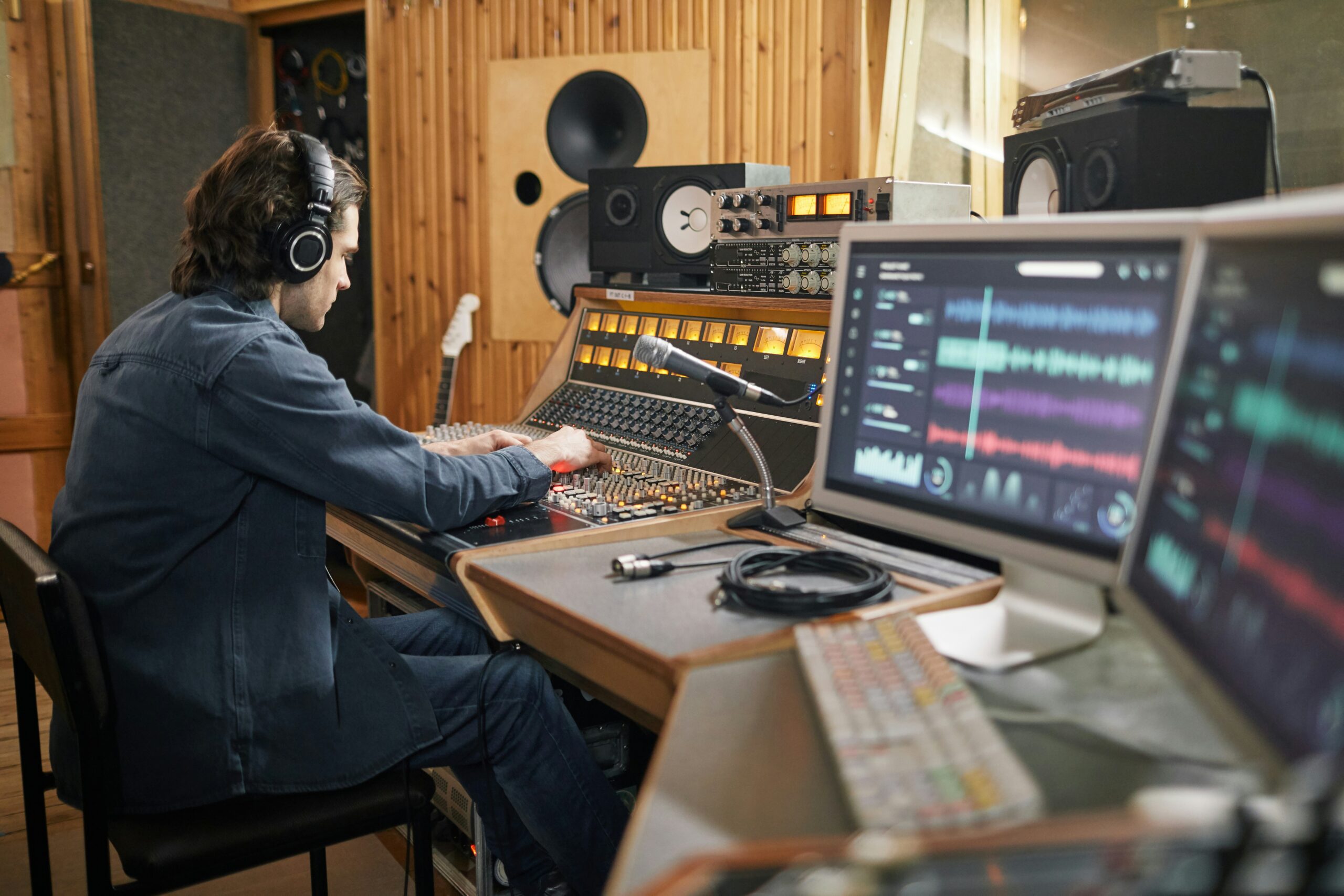
Music is one of the most powerful storytelling tools in a filmmaker’s arsenal. It can elevate a scene, transform emotions, and create a lasting impression that lingers with the audience long after the credits roll. A great score doesn’t just accompany a film—it becomes an inseparable part of the story, shaping its tone, amplifying its themes, and deepening its impact.
The Emotional Power of Music
Music has the ability to speak directly to our emotions, bypassing logic and touching something deeper. In film, this makes it an essential tool for setting the mood and intensifying emotional beats. A suspenseful score, like John Williams’ iconic theme in Jaws, can instill dread with just a few notes. Conversely, the whimsical melodies of La La Land lift viewers into a dreamlike state, reinforcing its themes of hope and passion.
Beyond overt moments, music often works in subtler ways. A minimalist score, as in Moonlight, can create introspection and vulnerability, pulling viewers closer to the characters’ inner worlds. When used effectively, music ensures the audience not only watches the story unfold but also feels every moment of it.
Motifs: Weaving Music Into the Story
One of the most effective ways to integrate music into a film is through motifs—recurring musical phrases associated with specific characters, ideas, or emotions. These motifs serve as auditory bookmarks that help the audience subconsciously connect with the narrative.
Think of the ominous “Imperial March” in Star Wars, which immediately signals Darth Vader’s presence and the looming threat of the Empire. Or the tender strains of the Shire theme in The Lord of the Rings, which evoke feelings of home and hope even during the darkest moments. By incorporating these musical threads, filmmakers can reinforce themes, foreshadow events, and enhance the audience’s emotional journey.

Tension, Release, and the Art of Silence
The ebb and flow of tension and release are vital to storytelling, and music plays a significant role in guiding these dynamics. A crescendo in a score, as seen in Inception’s high-stakes sequences, can heighten suspense, keeping viewers on the edge of their seats. Conversely, the absence of music, like in No Country for Old Men, can create an eerie stillness that draws attention to every sound and movement, amplifying the tension in unexpected ways.
Even unresolved chords or dissonant tones can evoke unease or anticipation, making them especially effective in horror or thriller genres. By manipulating musical tension, filmmakers can control the audience’s emotional experience, ensuring they remain engaged and invested in the story.
The Collaborative Magic of Filmmakers and Composers
A great score is often the result of a strong partnership between the filmmaker and the composer. This collaboration begins with open communication, as the filmmaker shares their vision, key themes, and emotional beats of the story. Temp tracks can provide a starting point, helping composers understand the desired mood. However, leaving room for creative interpretation allows composers to bring fresh ideas to the table.
Legendary partnerships, like that of Christopher Nolan and Hans Zimmer, showcase the magic that happens when filmmakers trust composers to experiment and push boundaries. Whether crafting groundbreaking soundscapes or refining classic motifs, these collaborations elevate films to new heights.
Scoring on a Budget: Creativity Over Cost
Independent filmmakers often face the challenge of creating a compelling score on limited budgets. Fortunately, great music doesn’t always require a big orchestra or a blockbuster budget. Platforms like Artlist and Epidemic Sound offer affordable, royalty-free tracks that can enhance a film’s mood. Local musicians or aspiring composers can also bring fresh, unique perspectives to a project, often at a fraction of traditional costs.
For those willing to experiment, tools like GarageBand or Logic Pro enable filmmakers to create simple yet effective tracks. With creativity and resourcefulness, even the smallest production can achieve a cinematic sound.
Conclusion: Crafting a Cinematic Symphony
The power of a film’s score lies in its ability to transcend the screen and connect with the audience on an emotional level. Music shapes the way we perceive a story, infusing each scene with mood, tension, and meaning. It underscores the triumphs, tragedies, and transformations that define the cinematic experience.
For filmmakers, understanding the role of music isn’t just about enhancing individual moments—it’s about crafting a cohesive emotional journey. The right score can unify a film’s visual and narrative elements, making them resonate as one. Whether you’re working with a world-class composer or creating tracks on your laptop, your film’s music should serve the story, amplify its themes, and leave a lasting impression.
Music is more than just sound; it’s a partner in storytelling, a silent narrator that speaks volumes. By embracing its potential, filmmakers can create not just memorable scenes but unforgettable experiences that linger in the hearts of their audiences.
Bolanle Media is excited to announce our partnership with The Newbie Film Academy to offer comprehensive courses designed specifically for aspiring screenwriters. Whether you’re just starting out or looking to enhance your skills, our resources will provide you with the tools and knowledge needed to succeed in the competitive world of screenwriting. Join us today to unlock your creative potential and take your first steps toward crafting compelling stories that resonate with audiences. Let’s turn your ideas into impactful scripts together!
Advice
How Color Shapes Film Mood and Tone

Color is a powerful storytelling tool in filmmaking. It shapes a film’s tone, influences emotions, and enhances visual storytelling. By understanding color theory and symbolism, filmmakers can craft compelling narratives that resonate with their audience on a deeper level.
1. The Basics of Color Theory in Film
At its core, color theory helps filmmakers choose and combine colors to achieve specific effects.
- Primary Colors: Red, blue, and yellow are the building blocks of all colors.
- Color Harmony: Complementary (opposites on the color wheel) and analogous (adjacent colors) schemes create visual balance or tension.
- Warm vs. Cool Colors: Warm tones (red, orange, yellow) evoke energy and passion, while cool tones (blue, green, purple) create calmness or melancholy.
Understanding these basics allows filmmakers to design palettes that support their story’s emotional arc.
2. Setting the Tone with Color Palettes
A film’s color palette sets the mood and reinforces its themes.
- Monochromatic Schemes: Using shades of a single color can create a minimalist and cohesive look, as seen in Moonlight.
- Contrasting Colors: Films like Amélie use vibrant contrasts to highlight whimsy and vibrancy.
- Muted Tones: Desaturated colors in The Road evoke despair and a bleak post-apocalyptic world.
Choosing the right palette ensures the audience feels the intended emotions without overt exposition.
3. The Emotional Language of Colors
Colors evoke specific emotions and associations, making them essential for visual storytelling.
- Red: Passion, danger, or power (Schindler’s List: The girl in the red coat).
- Blue: Sadness, serenity, or isolation (Her: Melancholy longing).
- Yellow: Joy, caution, or decay (Breaking Bad: The descent into moral chaos).
- Green: Growth, envy, or the unnatural (The Matrix: A digital world).
Consider your story’s themes when assigning symbolic meanings to colors.
4. Practical Tips for Using Color on a Budget
Big budgets aren’t required to use color effectively.
- Lighting: Experiment with gels and filters to alter light color.
- Costume and Set Design: Coordinate wardrobe and props to align with your palette.
- Post-Production: Use color grading software to fine-tune tones and hues.
Indie filmmakers can create visually stunning projects by focusing on intentional color choices during pre-production.
5. Famous Examples of Color in Film
Learn from cinematic classics that masterfully use color:
- The Grand Budapest Hotel: Wes Anderson’s pastel hues create a whimsical, nostalgic world.
- The Godfather: Golden tones symbolize power and corruption.
- Black Panther: Vibrant colors celebrate African culture and Wakanda’s identity.
Analyze these examples to inspire your own projects.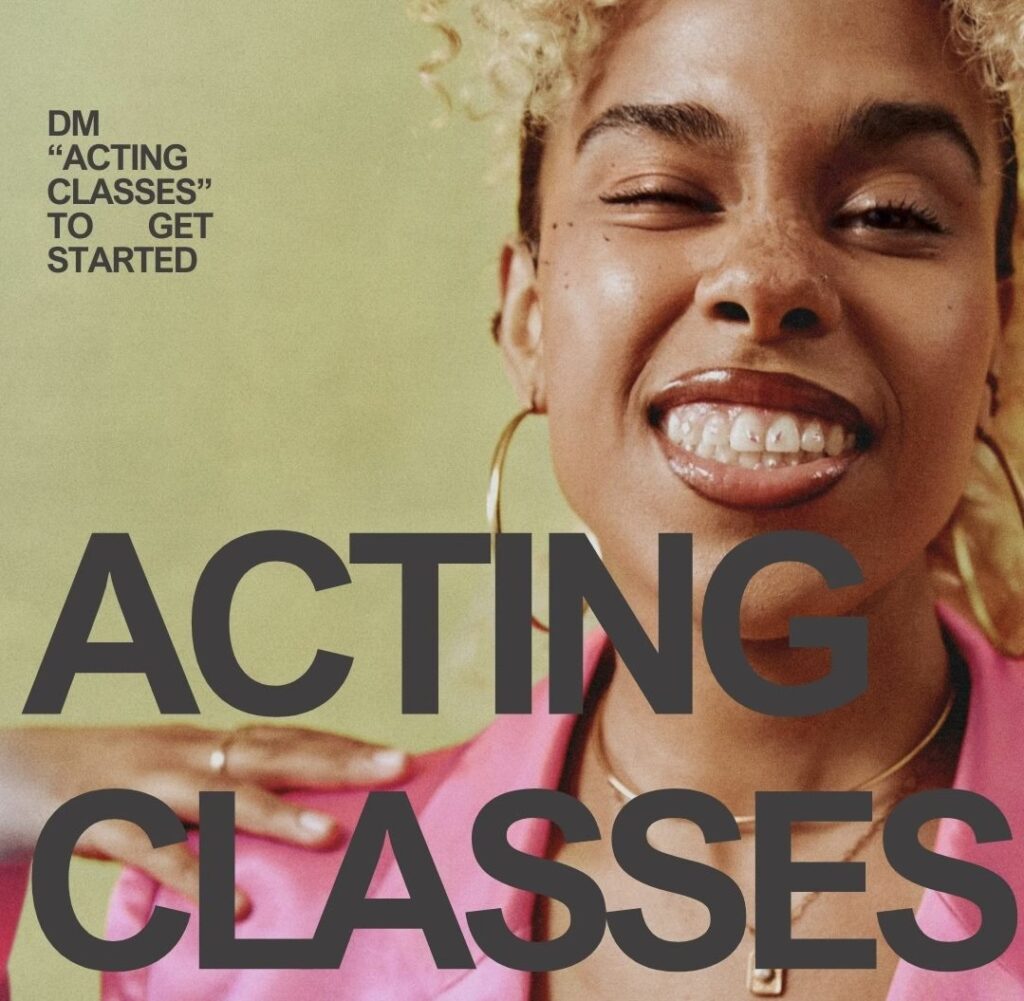
Conclusion
Color is more than a visual element—it’s a storytelling powerhouse. By understanding its emotional impact and mastering its practical application, filmmakers can elevate their craft. Whether you’re working on a blockbuster or an indie film, thoughtful color choices can make your story unforgettable.
Bolanle Media is excited to announce our partnership with The Newbie Film Academy to offer comprehensive courses designed specifically for aspiring screenwriters. Whether you’re just starting out or looking to enhance your skills, our resources will provide you with the tools and knowledge needed to succeed in the competitive world of screenwriting. Join us today to unlock your creative potential and take your first steps toward crafting compelling stories that resonate with audiences. Let’s turn your ideas into impactful scripts together!
Entertainment
What Chris Tucker and Jackie Chan Teach Us About On-Screen Chemistry

The on-screen chemistry between Chris Tucker and Jackie Chan exemplifies how two distinct personalities can create cinematic magic. Their collaboration in the Rush Hour series not only brought laughter and excitement to audiences but also showcased a unique blend of comedic timing, physicality, and cultural differences. This article explores the elements that contribute to their chemistry, the impact of their partnership on the action-comedy genre, and the valuable lessons we can learn from their dynamic.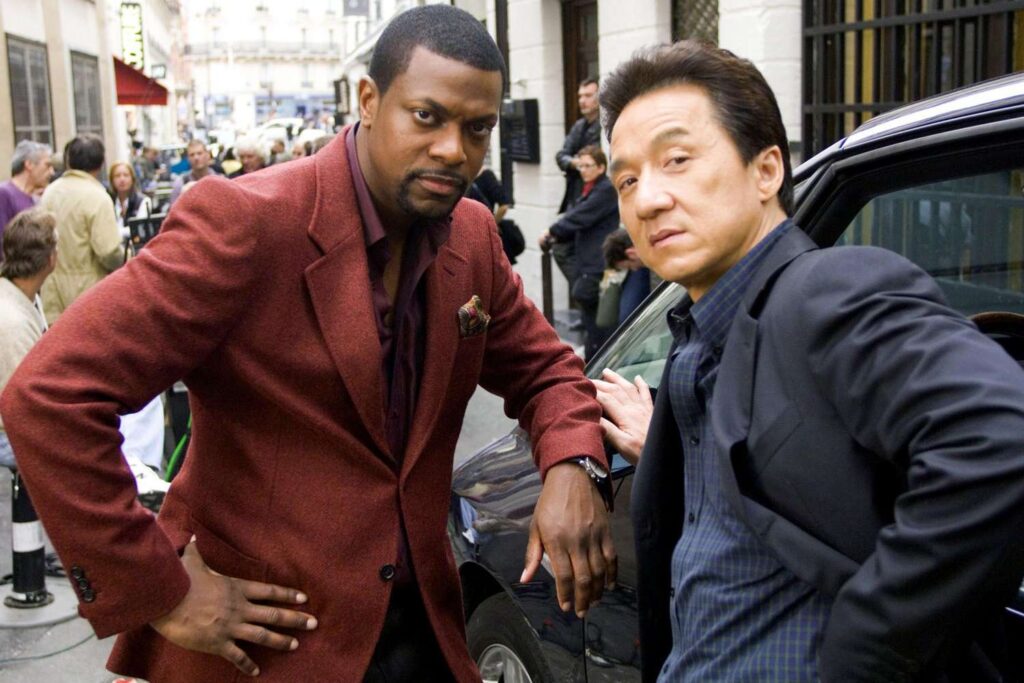
Contrasting Styles
A key aspect of Tucker and Chan’s chemistry is their contrasting styles. Jackie Chan is renowned for his martial arts skills and physical comedy, while Chris Tucker brings a high-energy comedic flair characterized by rapid-fire dialogue. This combination creates a delightful balance that keeps audiences engaged, as viewers enjoy the interplay between Chan’s action sequences and Tucker’s humor.
Cultural Exchange
Their films often explore themes of cultural exchange, with Tucker representing an American perspective and Chan embodying a traditional Chinese approach. This cultural juxtaposition leads to humorous misunderstandings and witty banter that resonate with diverse audiences. By navigating these differences, Tucker and Chan not only entertain but also educate viewers about the richness of their respective cultures.
Improvisation and Playfulness
Both actors are known for their improvisational skills, which significantly enhance their on-screen chemistry. Their willingness to play off each other’s energy allows for spontaneous moments that feel genuine and entertaining. This improvisation shines in scenes where Tucker’s quick wit meets Chan’s physical comedy, resulting in memorable exchanges.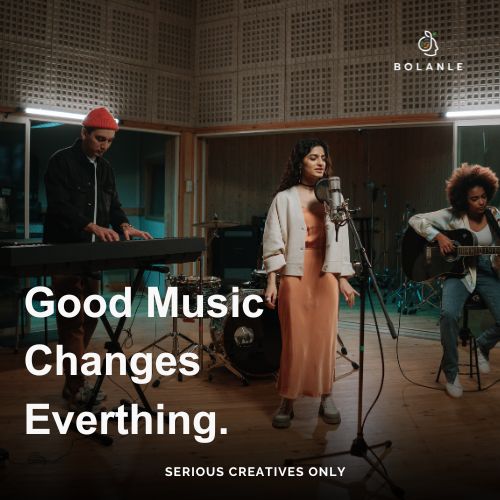
Impact on the Action-Comedy Genre
The success of the Rush Hour series revolutionized the action-comedy genre, paving the way for future collaborations between actors from different backgrounds. The blend of action-packed sequences with comedic elements became a formula that many filmmakers sought to replicate. Tucker and Chan’s chemistry not only entertained audiences but also demonstrated that diverse partnerships could lead to creative storytelling.
Lessons Learned from Their Dynamic
- Embrace Differences: Embracing contrasting styles can enrich storytelling.
- Prioritize Chemistry: Building rapport among actors is essential for engaging narratives.
- Encourage Improvisation: Allowing room for improvisation enhances both humor and emotional depth.
- Highlight Cultural Nuances: Thoughtfully exploring cultural differences resonates with audiences.

Conclusion
Chris Tucker and Jackie Chan’s chemistry is a testament to the power of collaboration in film. Their contrasting styles, cultural exchanges, and improvisational skills create a unique dynamic that resonates with viewers worldwide. By examining what makes their partnership special, filmmakers can gain valuable insights into crafting memorable cinematic experiences that leave lasting impressions on audiences long after the credits roll.
Bolanle Media is excited to announce our partnership with The Newbie Film Academy to offer comprehensive courses designed specifically for aspiring screenwriters. Whether you’re just starting out or looking to enhance your skills, our resources will provide you with the tools and knowledge needed to succeed in the competitive world of screenwriting. Join us today to unlock your creative potential and take your first steps toward crafting compelling stories that resonate with audiences. Let’s turn your ideas into impactful scripts together!
-
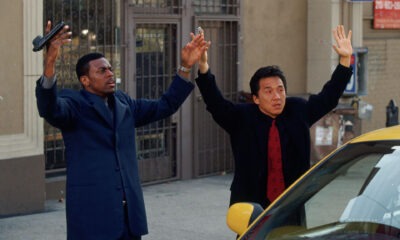
 Entertainment3 days ago
Entertainment3 days agoWhat Chris Tucker and Jackie Chan Teach Us About On-Screen Chemistry
-

 Advice7 days ago
Advice7 days agoThe Impact of Music on Film Pacing
-

 Advice1 week ago
Advice1 week agoHow to Create Unforgettable Movie Scenes
-

 Advice1 week ago
Advice1 week agoMaster the Art of Film Casting
-

 Advice3 weeks ago
Advice3 weeks agoA Reality Check for Aspiring Filmmakers
-

 Advice1 week ago
Advice1 week agoReinventing Genres: Tips for Filmmakers
-
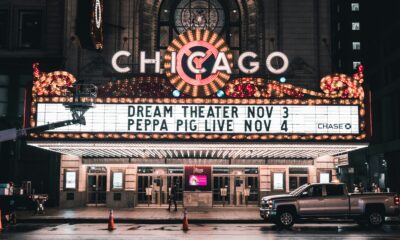
 Advice2 weeks ago
Advice2 weeks agoScreenwriting Tips for Aspiring Filmmakers
-

 Advice4 weeks ago
Advice4 weeks agoMastering Pacing for Compelling Storytelling








